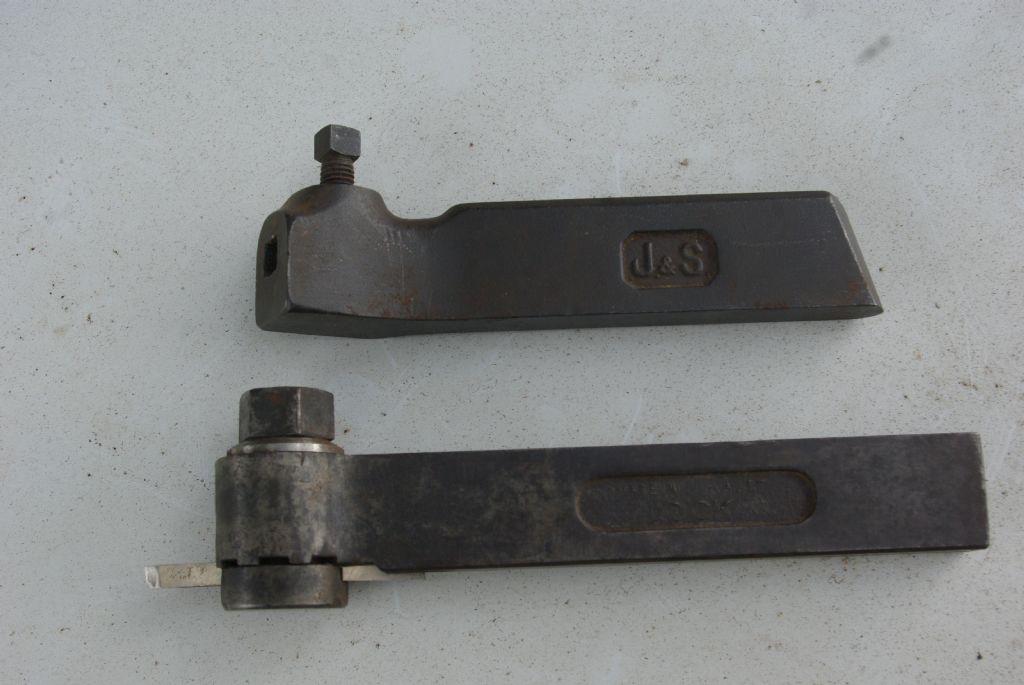HOORAY! I have found the missing book – hence found what had confused me.
It is Ian Bradley's Shaping Machine & Lathe Tools (MAP Technical Publication, Argus Books Ltd., 1976).
Bradley describes the geometry of spring-shank tools and how they can dig in, but interestingly does not say anything about the relationship of tool-tip to clapper-box pin. Instead, the tip should be slightly behind the line of support, so the tool will tend to lift rather than dig in more tightly.
So I obtained the mantra of relating tool-tip to fulcrum from some other book, or an article in ME perhaps, but have not managed to trace it. It seems the key is to go by the vertical face supporting the tool, instead.
On a big, very rigid industrial shaper or planer the chances of the tool digging-in are far less of course, unless by operator error or clumsiness – but that's workman not tool.
He gives a set of drawings for the general-purpose tool-holder, saying his was for a Drummond manual shaper (same as mine) – the prototype was a cycle crank but that's not important!
Dealing with the original point, Ian Bradley does show internal slotting needs the tool drawing back to cut, with the clapper-box locked, but I want an alternative to his suggested bar screwed to the ram-head jaws.
The clapper-box is also locked when cutting T-slot sides or other operations in which letting the tool swing back would cause it to jam.
Intriguingly, the author also shows the basic way to cut pinion teeth (rough out with a square tool first), and recounts having once used an old thread-chaser to shape swathes of diagonal grooves to produce tread-plate for a model loco's footplate. It would produce a raised-lozenge pattern, for which an effective de-burring tool might be a rotary wire brush in a power tool.
The shaper's natural finish would of course also be right, with appropriate tool-profile and feed, for model parts whose full-size counterparts would have been left with shaped or planed surfaces.
++++
My club used to own a massively-built but quite basic shaper, driven by a 3ph 3HP motor as I recollect. Its ram-head was topped by a quadrant engaging a worm operated by a small handle on its end, and although it put the operator rather horribly close to big hungry lumps of moving iron, it could be used for shaping concaves. We used it to make the fabricated, steel smoke-box saddle, of about 3.5 in radius, for the club-project loco, a 7.25in g. version of LBSC's Juliet.
Hopper.





